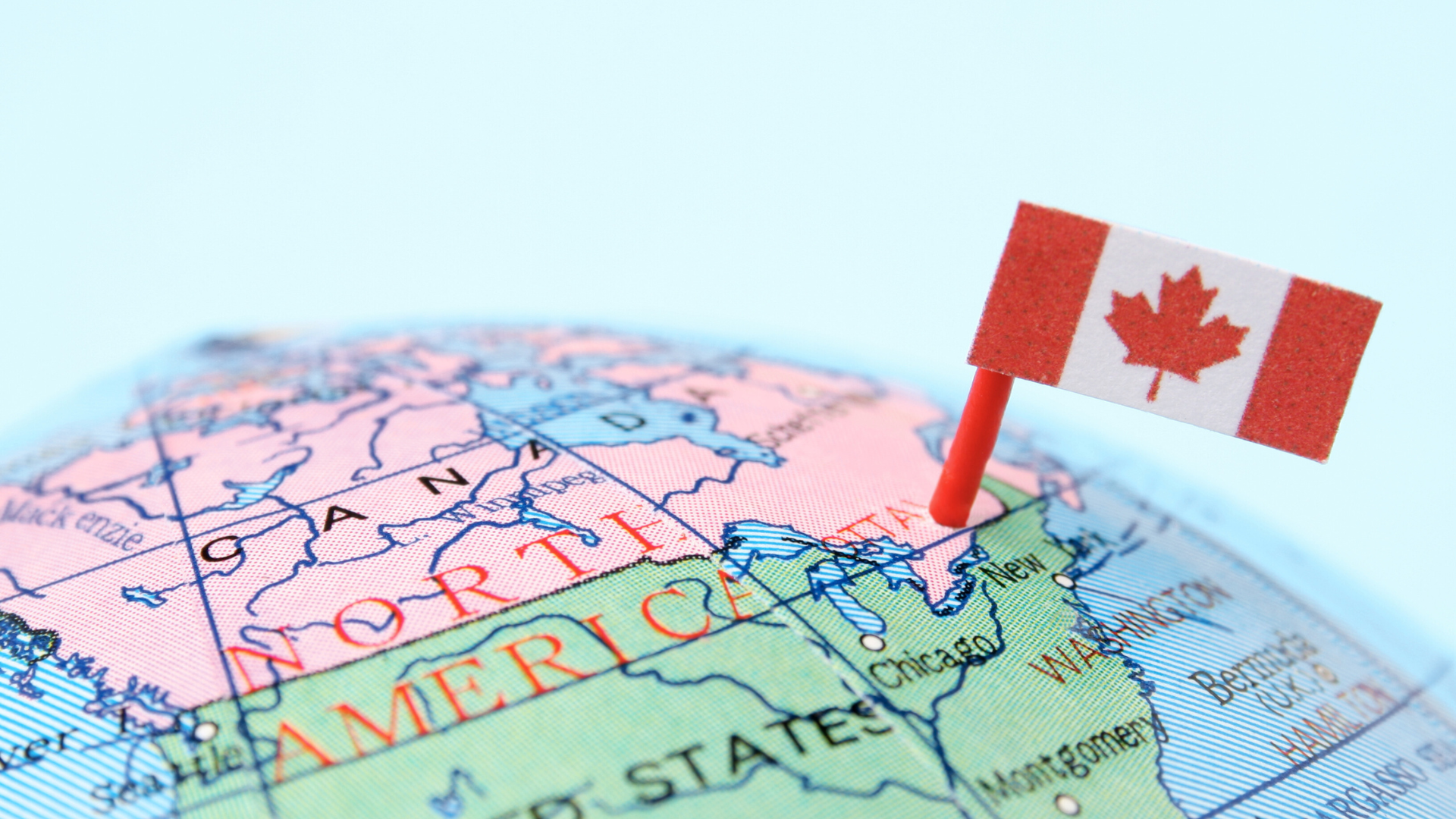IRCC Reveals Expected Outflows for Work and Study Permit Holders Over the Coming Years

Canada’s immigration authority, Immigration, Refugees and
Citizenship Canada (IRCC), recently announced its projections for temporary
residents, also known as Non-Permanent Residents (NPRs), who are expected to
either leave Canada or transition to permanent residency by the end of 2024.
This group includes individuals on work and study permits, as well as other
temporary statuses.
Expected Outflows of Non-Permanent Residents
According to IRCC’s Annual Report on Immigration for 2024,
an estimated 588,409 NPRs will either depart from Canada or transition to
permanent resident status by year-end. Despite these expected outflows,
IRCC forecasts a net increase of 299,216 NPRs, leaving Canada with around 2.9
million NPRs, or about 7.1% of the population by the end of the
year.
NPR Outflows for the Next Three Years
IRCC has laid out projections for NPR outflows over the
next three years:
|
Year |
Total NPR Outflows |
Net Change in NPRs |
NPR Population in Canada |
% of Canadian Population |
|
2025 |
1,262,801 |
-445,901 |
2,515,099 |
6.1% |
|
2026 |
1,104,658 |
-445,622 |
2,069,477 |
5.0% |
|
2027 |
875,179 |
17,439 |
2,086,916 |
5.0% |
These outflows align with IRCC’s goal of reducing the number of temporary
residents to 5% of Canada’s total population by 2026.
Anticipated Inflows of Non-Permanent Residents
Despite a reduction strategy, IRCC still expects to welcome
new NPRs each year to meet labor and educational needs, estimating 887,625
new NPRs by the end of 2024 alone. Here are the expected inflows over the
next three years:
|
Year |
Total NPR Inflows |
Targeted Inflows for Students and Workers |
Contingency Reserve Inflows |
|
2025 |
816,900 |
673,650 |
143,250 |
|
2026 |
659,036 |
516,600 |
142,436 |
|
2027 |
892,568 |
543,600 |
348,968 |
Work and Study Permit Breakdown
The inflow of work permits under the International Mobility
Program (IMP) and the Temporary Foreign Worker Program (TFWP) supports key
economic sectors, with specific allocations including:
- International
Mobility Program (IMP): Covers Post-Graduation Work
Permits (PGWP), International Experience Class (IEC), Trade
Agreement Work Permits (e.g., under CUSMA, CETA), Intra-Company
Transfers, and Significant Benefit Work Permits.
- Temporary
Foreign Worker Program (TFWP): Includes High-Wage,
Low-Wage, Agriculture, and In-Home Caregiver streams, as well as the Seasonal
Agricultural Worker Program and Global Talent Stream.
IRCC's plan reflects a balance between supporting Canada’s
labor market and managing population growth responsibly. As Canada continues to
shape its immigration policies, these changes aim to foster sustainable growth
and ensure that NPRs and Canadian citizens alike have access to housing, jobs,
and essential social services.






